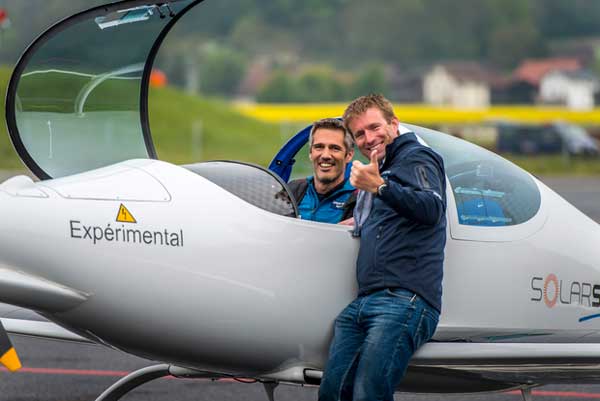The plane which eventually aims to rise to an altitude of 24,000 meters managed 300 meters this flight with duration of the flight being 7 minutes, with the goal being an eventual 5 hours.
If the long term goal is achieved the 2 seater plane with 22 meters of solar cells will be able to fly in the stratosphere.
The success of the trip will now be analyzed by the company before they attempt to push the plane further and higher.
Potential hardships of solar powered travel
There are many challenges associated with attempting such an ambitious project including the fact the pilot must wear a spacesuit as the cabin cannot be pressurized.
More uncomfortable still the temperature in the craft at altitude is -70 with a parachute in case things go wrong being unavailable.
As described on a blog post on the company’s official website,
“Beyond this adventure, our project is to open a door on a commercial electrical or solar aviation on the edge of space, with the aim of achieving unique travel with private passengers or scientists.”
“For a hundred years it was necessary to use large quantities of energy or helium to reach the stratosphere now we are going to open the way for manned solar and electric aviation on the edge of space.”
Not the first solar plane: Other solar journeys
This isn’t the first plane of its kind to complete a similar journey with the Solar Impulse 2 last year completing an around the world trip without using any fuel.
Raphaël Domjan from the company that completed with 300-meter solar power flight is not new to powering vehicles with solar energy, helping to navigate a solar powered boat around the world in 2012.
A crew of five piloted the 31-meter long, 15-meter wide vessel, which is covered in 537 square meters of solar panels. These provide power to four electric motors that have a maximum output of 120 kW.















Comments